A selection of model-making projects
Neanderthal Skeleton: This is a full life-size model of a Neanderthal skeleton, produced for The Natural History Museum, London. Used in the Wall-to-Wall “Neanderthals” programme shown on Channel4 in December 2000 this is believed to be the first full Neanderthal skeleton model anywhere in the world. The realistically painted semi-articulating skeleton is made of epoxy resins. All known significant characteristics of Neanderthal skeletons are in evidence including correct limb proportions, the different skull size and shape, broader articulating surfaces on the limbs, and the enlarged terminal phalanges of the hands and feet. It was constructed to be supported from above by a fine wire so that the limbs could be placed in the desired positions for filming. This skeleton is featured in the book of the series (Neanderthal, by Douglas Palmer (Channel 4 Books 2000, ISBN 0752272144)) with photographs on pages 14, 62, 69, 72 and 99.





Perforated shells made for the BBC series 'The Incredible Human Journey', aired in 2007. The correct
shells were sourced,
perforated appropriately and given an 'aged' finish. Also, a pair of Venus figures for the same series:
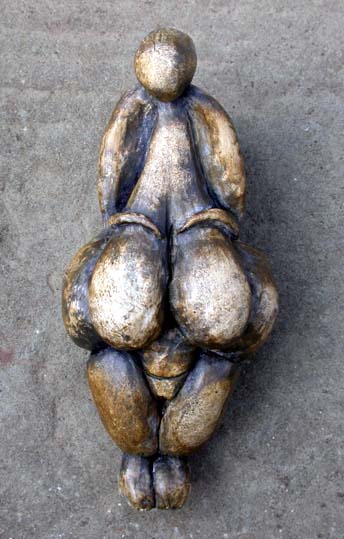




Gibbet body casket: A life-size metal body casket made of riveted flat iron distressed and painted to look rusty.
For the gibbet in the Keep of Norwich Castle Museum, Norfolk:
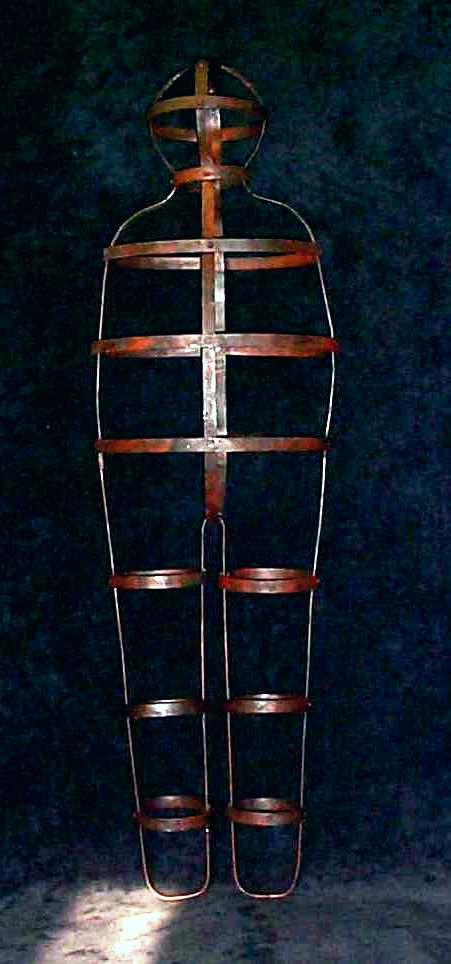

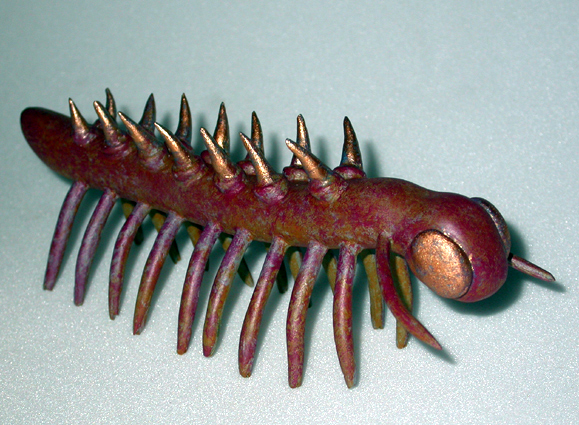
Conserving a large fossil fish and modelling-in missing areas, for Bedford Museum (for more details,
click here):

The cleaning, conservation, remounting and remodelling of a Giant Deer skull and antlers from Ireland (for more details,
click here). The image below on the left shows the specimen before work,
the image on the right shows the specimen after all the cleaning, conservation and modelling work:


Victorian Jellies for Hertfordshire Museum Service, for educational sessions.
Also, replicas of nuts were made (walnuts, hazelnuts etc) due to the possibility of people
reacting from nut allergies if handling the real thing (some
are shown here unpainted so you can tell they are casts):

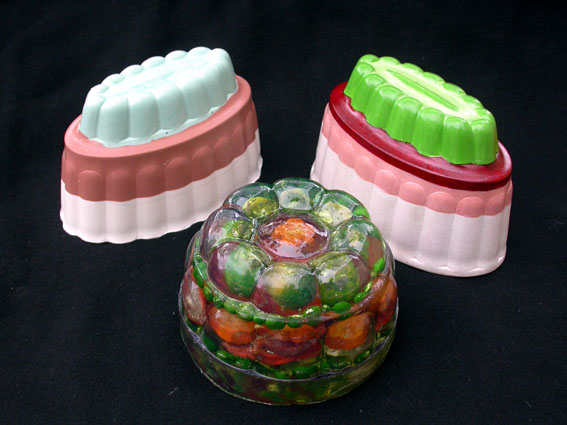



Venus figures. The Willendorf and Lepugue Venus figures, available through AntaresDesign.com

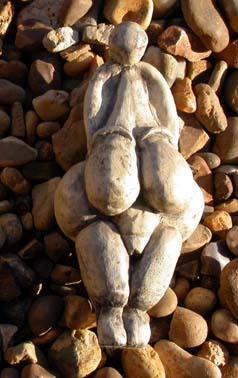
Three-dimensional flint handaxe 'interactive'. The various flakes of flint cast in resin could be
re-fitted and held in place with velcro, to rebuild the original flint nodule:

Abstract piece of blacksmithing work using recycled glass on the subject of water.
Created at a 'Forge-in' at Fransham Forge, Norfolk:

For more details about what we can do for you, or for a quote, please contact:
enquiries@natural-history-conservation.com
We are members of the United Kingdom Institute for Conservation of Historic and Artistic Works